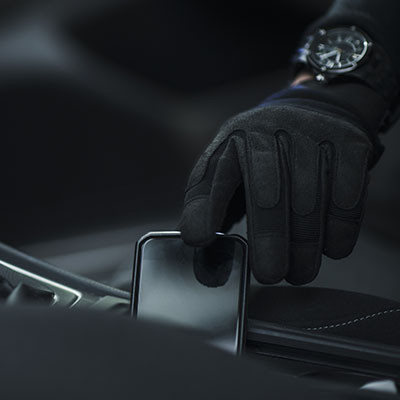It’s undeniable that the smartphone has transformed computing. In fact, not only is more computing done on mobile devices, they are by far the most purchased computers in the world. Well over 90 percent of people own some type of smartphone. So how do you use these devices for productivity? This month, we will discuss some ways to make this happen.
Network Synergy Blog
When it comes to exclusive user features, one of the better-known ones on the Apple side of the house is FaceTime, a video chat platform. Apple has however made certain features of FaceTime available to Android users, but they come with a catch. Let’s go over how an iPhone user can FaceTime with an Android user, even if some of the features are not quite there.
Let’s face it; running a business can be expensive, and taking any measures possible to mitigate those costs can have huge benefits for your bottom line. One way companies are minimizing costs is by implementing a Bring Your Own Device policy, or BYOD, to allow employees to use their own personal devices for work purposes. We’re here to help you do so without putting security at risk.
There is no denying that Quick Response codes—better known as QR codes—are a handy little invention. Just a few years ago, many businesses heavily adopted these contactless communication tools, allowing customers with a smartphone to access menus, documents, and more with ease. Having said that, we unfortunately can’t deny that cybercriminals are taking advantage of how handy QR codes are, too.
Have you ever cleared a notification on your phone, then gotten a sinking feeling a couple hours later, like you’ve missed something important? Well, worry no longer, for we will show you how to turn on your Android smartphone’s notification history feature. This should alleviate at least some of the stress you might experience about clearing notifications.
Mobile devices demand a special type of attention in order to ensure security. You want to ensure that your devices are protected as well as possible, but you also need to ensure that this does not come at the expense of your employees’ productivity or efficiency. We’ve put together a list of common security issues you might encounter when securing your mobile devices, as well as a couple of practices you can implement to work toward an adequate level of cybersecurity for your mobile infrastructure.
As you might expect, the remote circumstances that many business professionals have found themselves in as of late have created challenges that must be overcome, especially in regards to the access and dissemination of data to mobile devices. Let’s examine the mobile device’s role in the modern business and how you can ensure these great tools are being used properly for your organization.
When was the last time you wished your device had just a little bit of gas left in the tank? Smartphone batteries tend to degrade over time, regardless of how preventative and proactive we are with our day-to-day use. To help you be as productive as possible with your smartphone while the battery is still functional, we have put together a list of tips that you can use to help keep your battery as full as possible throughout the workday.
If you’ve lost or misplaced your smartphone (or tablet), it’s critical that you act quickly. Every second counts, especially if you suspect that your device was stolen. Here are the steps you need to follow immediately, even if you think you simply left it at a restaurant or in the backseat of a taxi.
Nobody intends to lose their smartphone. For some of us, our mobile device is glued to our hands for a good portion of the day—it’s hard to imagine simply leaving it somewhere, right?
Mistakes happen. It doesn’t take more than a few minutes to set your smartphone up so you can track it down easily if you lose it.
2020 was a contentious—and for the wireless industry, momentous—year. Marking the official start of 5G networks, 2020’s events amongst mobile providers helped to reinvigorate an industry, while making some considerable shifts in the balance. Let’s consider some of these changes, and how the industry will continue to change for some time moving forward as 5G continues to grow.
Smartphones are everywhere. You go to the supermarket, people are on their phones, you go to the gym, people are on their phones. Go into the office? People are constantly on their phones. All that phone use cannot be in the best interest to organizational profitability. The question becomes, do smartphones help or hurt business? Let’s get into it.
With how business is conducted today, the capability of your workforce to stay connected while mobile is important. However, it can be equally important that this connectivity doesn’t come at the cost of their manners. Let’s go over a few ways to be more polite as you work remotely using a mobile device.
As serious as they are, cyberattacks aren’t always given the most serious-sounding names. We are, of course, referring to “phishing”: the manipulation of the user, rather than of a computer system, to gain access to data. Phishing can come in many forms, with some—like phishing someone via SMS message—doubling down on the silliness of the name. Let’s examine this variety, and why “smishing” is not something to trifle with.
While you probably aren’t super enthusiastic about loaning out your mobile device right now, you may not have ever been. After all, you’re effectively handing over a bunch of personal data bundled into a convenient package. However, Android has had a feature that makes it substantially more secure to share your device for some time now.





















